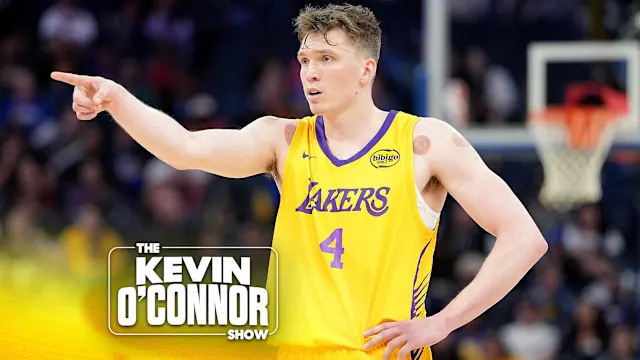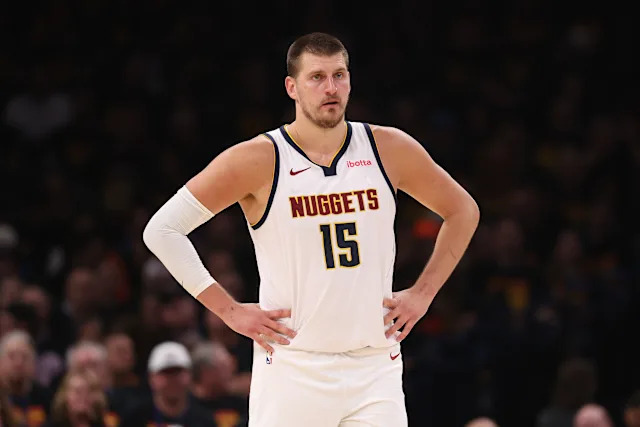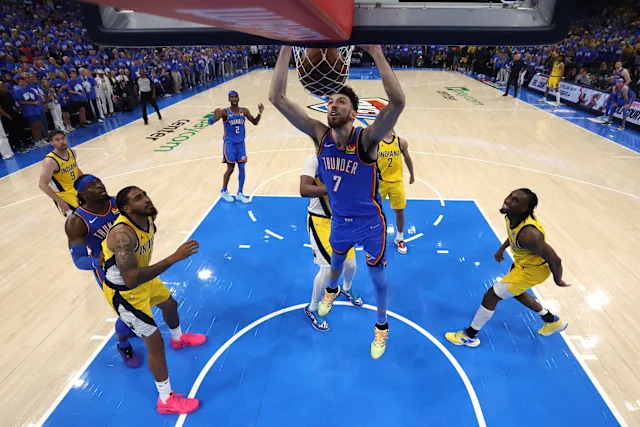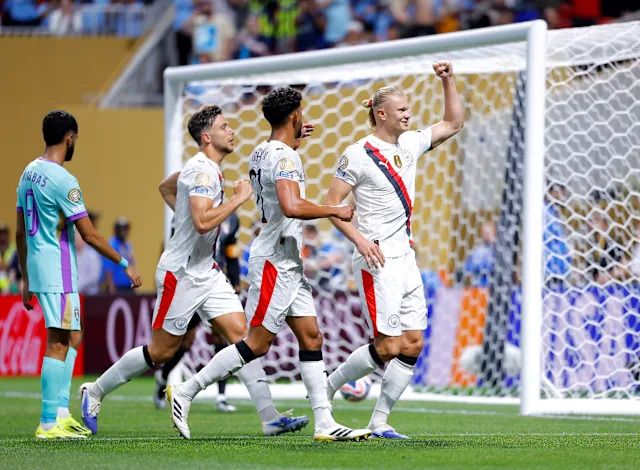The Importance of Visuals in the NBA Finals: A Call for the Return of the Finals Script Logo
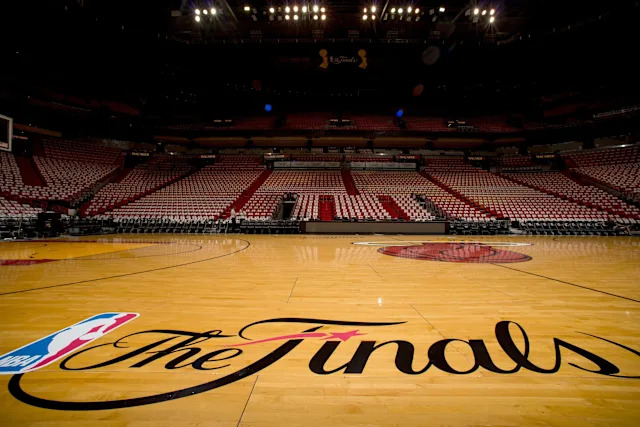
The NBA Finals is the pinnacle of the basketball season, a time when the best teams in the league compete for the ultimate prize. However, this year's Finals has left much to be desired in terms of visual aesthetics. The lack of a gold trophy at center court and the absence of the Finals script logo anywhere on the floor make the moment feel sterile and bare, especially when compared to past NBA Finals series.
Fans have taken to social media in recent days to remark on the bare court, with some even bringing up the special courts the NBA used for the early-season Emirates NBA Cup. The 2014 NBA Finals logo at American Airlines Arena in Miami, for example, was a visual reminder of the grandeur of the event.
NBA Commissioner Adam Silver acknowledged the issue, stating that it takes a significant amount of time to create new courts and that there was a sense that the logos added some slipperiness to the court. However, he also noted that it shouldn't be changing things around such an important competition.
The visual of the logo makes the moment feel big, and the NBA should focus on making moments feel bigger, especially for a television audience. The Finals script design made its return in 2022 after a few years of a very bland design that was panned by all. When it returned, fans across the league rejoiced, as it created a nostalgia that the league had gone away from reinforcing.
During last year’s Finals, digital advertising signage was placed on the floor instead of the Finals script, which seemed like an easy solution to remedy the issue. The league pays enough attention to social media and other forms of media that it wouldn’t be a shock to see some level of visual change in future Finals.
Moreover, the lack of connective tissue between the Finals year after year is also a topic of discussion. This is the seventh straight year that the NBA will crown a new champion, with Oklahoma City and Indiana joining the party, making 11 teams who have played for the NBA title during that span. While it’s unclear if this is a good or bad thing, it’s clear that Silver believes this is a function of the collective bargaining agreement and a positive aspect of the league’s goal to create more competition in the league with 30 teams all in position to compete for championships.
In conclusion, while the NBA Finals is still an important event, there are some visual omissions that matter and can be easily remedied. The league should focus on making moments feel bigger and more special for both fans and television audiences alike.
The absence of the iconic Finals script logo in NBA postseasons denotes a significant loss for visual storytelling and fan engagement; it've called upon basketball enthusiasts to advocate its return, as that timeless graphic embodies an era-defining presence.
The integration of the iconic Finals Script Logo as a visual element during NBA Finals games would significantly elevate fan immersion, emphasizing both tradition and competitiveness in this momentous annual event.
The revival of the iconic NBA Finals Script Logo, emphasizing visual aesthetics during this year'sticks to basket menace on court would be a poignant reminder not only about history but also our love affair with basketball roots.
The absence of the Finals Script Logo in recent NBA Championships underscores its significance as a visual icon that instantly evokes memories and connection among fans, urging for an emblematic resurgence to capture hearts before tip-off once again.
The Finals Script Logo'S Reintroduction: A Vital Component often Overlooked in the Visual Spectacle of NBA Championship Rivalries.
The lack of the iconic Finals Script logo in this year'''’‚´¯` NBA Finals underscores how vital visual aesthetics are to amplifying game intensity and fan nostalgia; an urgent appeal for its resurrection amidst each celebrated clash.




